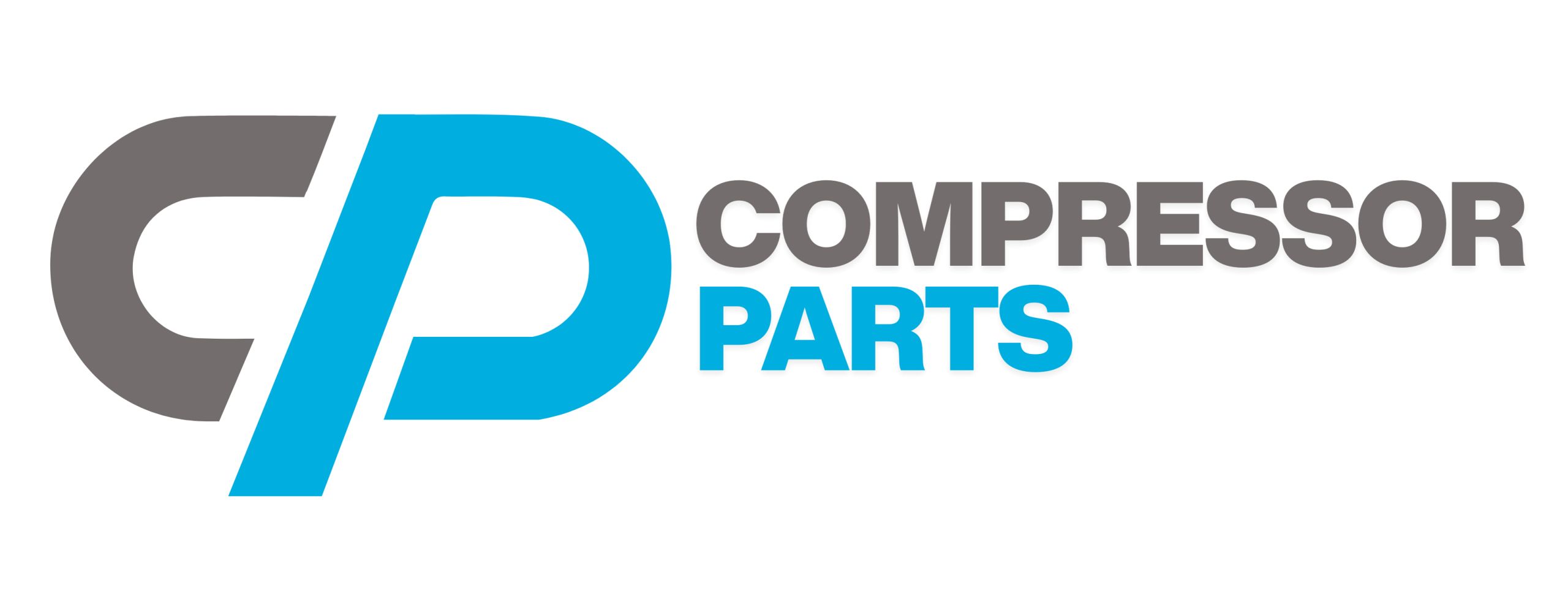Air Compressors for Automotive Workshops & Garages (UK Guide)
From inflating tyres to powering impact guns and spray booths, compressed air is at the heart of every garage. Choosing the right system saves energy, improves tool performance and keeps your business running smoothly. This UK-focused guide from CompressorParts.co.uk explains how to size, install and maintain a reliable compressor setup for any automotive workshop.

1. Why Garages Rely on Compressed Air
Compressed air provides consistent torque and cleanliness compared to electric tools. It’s safer in flammable paint areas and can run multiple stations simultaneously. Typical garage applications include:
- Tyre inflation & bead seating
- Air-impact wrenches & ratchets
- Paint spray guns & booth filtration
- Blow-guns for cleaning parts
- Air lifts and pneumatic jacks
2. Piston vs Screw Compressors for Garages
| Feature | Piston Compressor | Screw Compressor |
|---|---|---|
| Best for | Small workshops, intermittent use | Busy garages, continuous demand |
| Noise level | 80–95 dB(A) | 60–75 dB(A) |
| Maintenance | Regular oil changes & belt checks | Service every 2 000–4 000 hours |
| Air quality | Oil-lubricated or oil-free versions | Typically lubricated with separator element |
| Typical brands | ABAC B series, FINI MK Range | Atlas Copco GX, HPS Screw Series |
3. Sizing Your Compressor (CFM & Pressure)
List every air tool you use and total their consumption. Then add 25 % for future growth. Most automotive tools require 6–10 bar (90–145 psi). Paint sprayers and air lifts often need steady pressure with low pulsation—ideal for screw compressors or large receivers.
- Small garage: 3 – 5 hp (10 – 20 CFM)
- Medium workshop: 7.5 – 10 hp (25 – 40 CFM)
- Bodyshop / spray booth: 15 – 30 hp (50 – 120 CFM)
4. Receiver Tanks & Air Storage
Air receivers smooth out pressure fluctuations and reduce compressor cycling. A receiver should store at least 6 – 10 litres per CFM of output. We stock vertical and horizontal tanks from 50 L to 5 000 L with CE / UKCA approval and optional automatic drains.
5. Dryers & Filters for Paint and Air Tools
Water and oil in the air line cause paint defects and damage pneumatic tools. Fit a refrigerant or desiccant dryer after the receiver, followed by coalescing and particulate filters. For spray booths, add an activated-carbon filter for perfectly dry, clean air.
6. Choosing Pipework & Installation Layout
- Use aluminium or galvanised steel pipe – avoid PVC.
- Install looped main rings with slight falls toward drains.
- Fit isolation valves for each bay to make servicing easier.
- Add anti-vibration mounts beneath compressor & receiver to reduce noise.
7. Energy-Saving Tips for Garages
- Repair air leaks with our leak-testing guide.
- Reduce system pressure by 1 bar = ≈ 7 % power saving.
- Clean filters regularly to avoid unnecessary pressure drop.
- Consider a VSD screw compressor for variable demand.
8. Noise & Placement Tips
Place the compressor in a separate corner or acoustic enclosure. Rubber feet and flexible hoses reduce vibration. For customer-facing garages, choose low-noise models (≤ 70 dB(A)) like the ABAC Genesis or FINI Sil-Tech series.
9. Maintenance Checklist
- Daily – Check oil level & drain condensate.
- Weekly – Inspect belts, filters & safety valves.
- Quarterly – Change oil & clean coolers.
- Annually – Receiver inspection (PSSR 2000) & full service kit change.
Order OEM & aftermarket service kits for ABAC, FINI, Atlas Copco and HPS compressors direct from our store.
10. Best-Selling Garage Compressors (UK)
- ABAC B5900B 270 L – 7.5 hp Belt-Drive Piston Compressor
- FINI MK 113 – 11 kW Screw Compressor with Dryer
- HPS Direct-Drive 10 hp Package – Tank & Dryer Included
- Atlas Copco GX Series – Quiet Screw Units for Bodyshops
11. Safety Compliance
All receivers and pressure vessels must be inspected under the UK Pressure Systems Safety Regulations 2000 (PSSR). Keep records of tests, and fit a certified safety valve to every receiver.
12. Upgrading Older Systems
If your compressor runs continuously or struggles to maintain pressure, it’s time to upgrade. Modern screw compressors with integrated dryers use 30 % less energy and reduce maintenance downtime. We can supply drop-in replacements with identical pipe connections to simplify installation.
13. Accessories & Parts We Recommend
- Receiver tanks & mounting kits
- Air dryers & moisture separators
- Coalescing & carbon filters
- Air hoses, reels & connectors
- Service kits & compressor oils
14. Financial Benefits of Proper Sizing
Running an oversized compressor wastes energy; undersized causes wear and pressure drops. Optimising capacity can cut electricity costs by hundreds of pounds per year. Our team can help you match CFM to your tool list and advise on energy-saving controls.
15. Key Takeaways
- 🔹 Select compressor type based on usage pattern (piston vs screw).
- 🔹 Use dryers & filters for paint and precision work.
- 🔹 Follow PSSR safety requirements & regular servicing.
- 🔹 Upgrade to VSD or quiet models for lower costs and noise.
FAQs
What size compressor do I need for a garage?
For two mechanics using impact guns, choose a 7.5 hp unit (25–30 CFM). Bodyshops with spray booths typically require 11 kW screw compressors with dryers.
Can I use the same compressor for spraying and tools?
Yes, but install separate filter trains – one for tools and one for paint air to avoid oil carry-over.
Do I need an air receiver?
Absolutely. It reduces pulsation and improves dryer performance while protecting the compressor from rapid cycling.
See also: Dental & Medical Air Compressors (Oil-Free Solutions)
